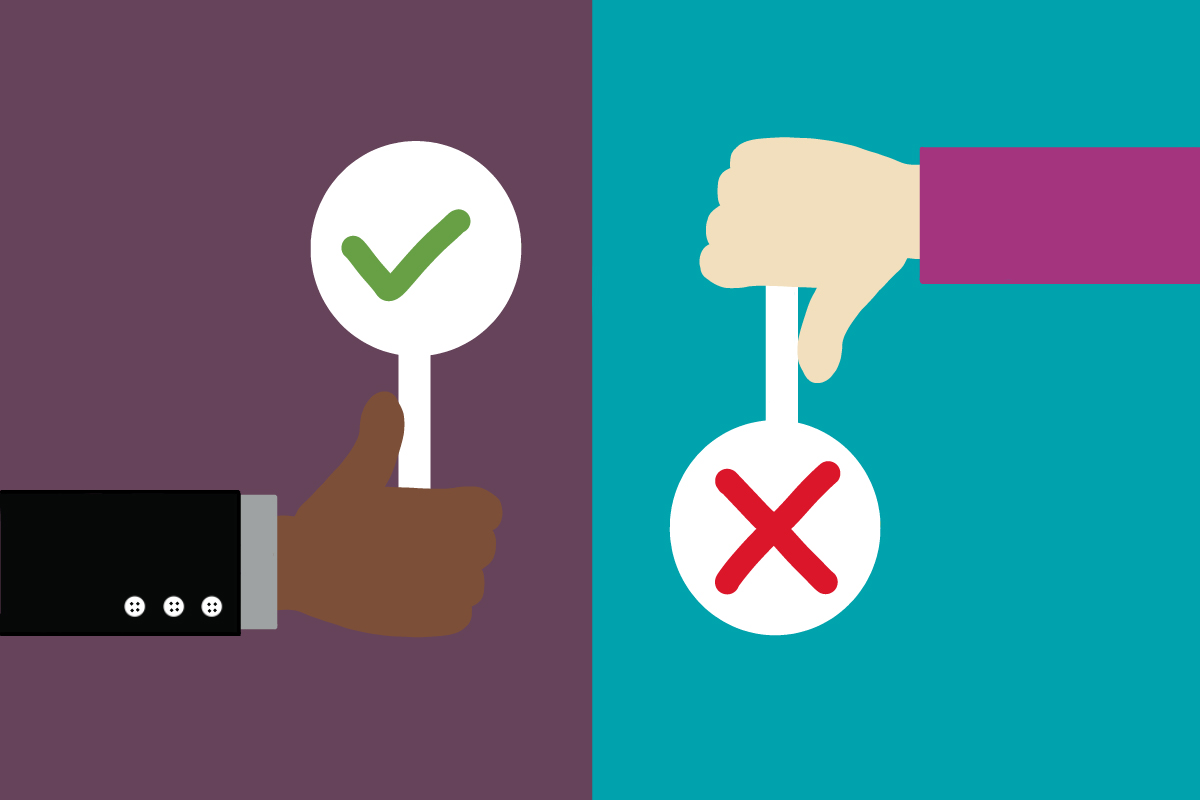How to Share Constructive Feedback
I’ve written this from the point-of-view of a designer who needs feedback from a client, but I hope the points made prove helpful to anyone who is tasked with giving feedback of any kind.
“Remember that every project requires a little back and forth to get things just right. If your graphic design project doesn’t arrive to you absolutely perfect the first time, it doesn’t mean that it won’t soon after that. It is perfectly normal to have two or three rounds of revisions before the project is ready to be published.”*
One of the most important aspects of a successful unit and designer relationship is the feedback and edit process. A good process can reduce stress, frustration and multiple rounds of review.
Your designer sent over the first draft, what now?
If you absolutely love it, go ahead and lavish us with praise. Just kidding, but it is nice to hear when we’ve gotten something right. Understand that it is always our goal to hit a home run, but should we fall short, you’re left with the task of finding the best way to tell your graphic designer that you’re not particularly fond of the creative direction or a particular creative element.
Where to start?
Tell the graphic designer what is working for you, and why. There must be something good to say. Knowing what you like, and why, informs the creative decisions we make on future projects, and starting with the positives puts everyone more at ease to work through any not-so-good feedback.
Why the why is important.
Ok, we’ve figured out you’re not happy. But if we don’t know why, we can’t fix it. Please don’t feel like you need to solve the design problem—that’s our job. Tell us what isn’t working, and why. Be as specific as you can, avoiding generic phrases like, “make it more spirited,” “just add some pizzazz,” or “can we change this color?” Instead, a directive like “it’s really important that this headline be the first thing you see” is so much more informative.
Explaining why you want something changed, rather than telling the designer what to do, helps the designer understand your needs better and gives them the necessary guidance to create the best design solution to accomplish your goals.
Make it a conversation.
Give your designer a chance to talk. Don’t hesitate to ask your designer why they designed something the way they did. The answer may surprise you. Their reasoning may be something you hadn’t considered. Constructive conversations are an opportunity to spark creative solutions that could make the design even better than you imagined.
“Talking with your graphic designer rather than dictating to them will reduce the chances of your designer wanting to crawl under a rock—or wanting to throw one at you.”*
As designers, we’re very familiar with criticism. We understand that it is part of the job and, when delivered constructively, it improves our work. Making work better is something we can all get behind!
*Quote Sources: https://trillioncreative.com/how-to-share-constructive-feedback-with-your-graphic-designer/





